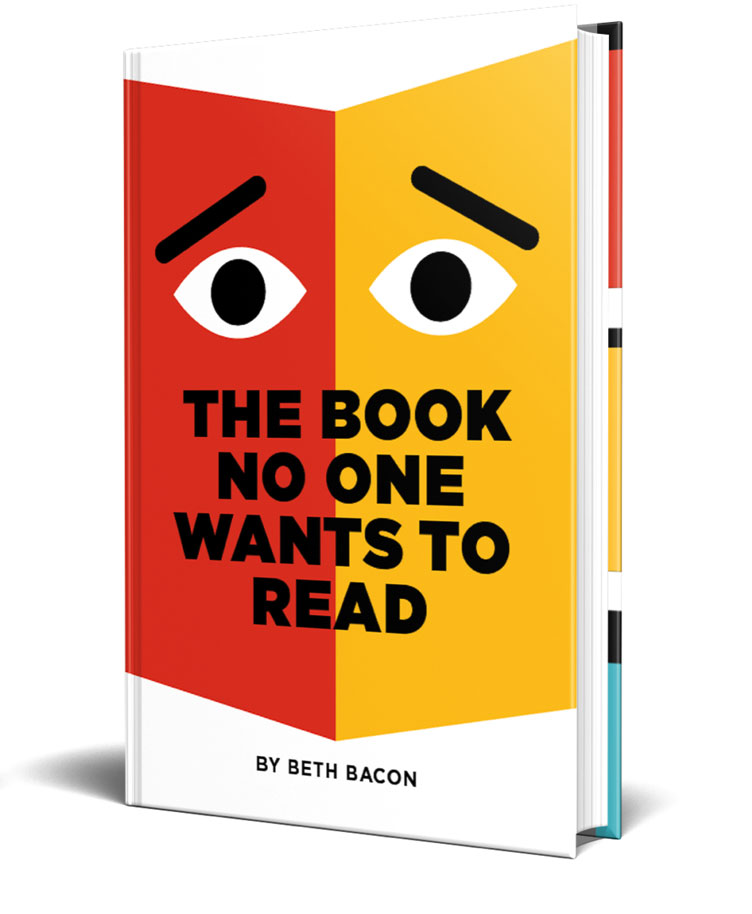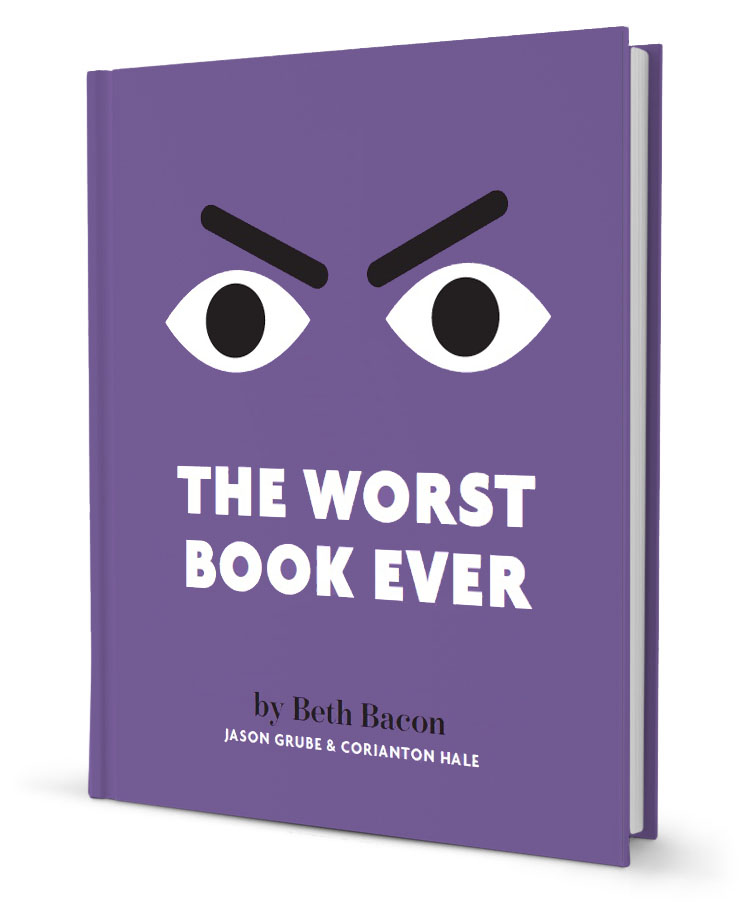 People talk about that magical time when a child learns to read. Well, it’s magical for some. For others, it’s not so delightful. For a group of kids, learning to read is a struggle. The greater the struggle, the stronger the resistance. Tension grows. This sometimes spills over to conflict during reading time… leading to a frustrating vicious cycle for everyone involved: the kids, their teachers, and their families.
People talk about that magical time when a child learns to read. Well, it’s magical for some. For others, it’s not so delightful. For a group of kids, learning to read is a struggle. The greater the struggle, the stronger the resistance. Tension grows. This sometimes spills over to conflict during reading time… leading to a frustrating vicious cycle for everyone involved: the kids, their teachers, and their families.
So what works for supporting reluctant readers? Three suggestions are below.
Acknowledge The Resistance To Read
In I Hate Reading, there’s an intentional blank spread. Everyone—kids, teachers, my first printer in Singapore—is startled when they see that blank page. Eventually they turn the page. What else is there to do? On the following page, it says, “Didn’t’ that feel good? You got to turn the page without having to read. I wish all books had blank pages like that here and there.” This insight came from my son Henry when he brought a rough draft into his third grade class for show-and-tell. The printout from my office laser jet had an extra page. When Henry came home he told me the experience was embarrassing. But then he got real and confessed the insight that’s now in the book—the blank page was refreshing. Turning the page of a book is a concrete way that children can measure their progress. Getting to turn the page without having to do the work of reading… it’s like a mini vacation. I immediately called my editor and asked if we could add a blank page. Luckily she liked the idea and let us add the section!
I Hate Reading is a book about reading and the narrators speak directly to the readers, but authors can acknowledge a readers resistance to reading in other ways, too.
Look for books with a character who doesn’t like to read. This helps raise awareness that these kids exist in every classroom. My most recent book Blank Space is a traditional story about a reluctant reader who chooses to write a book report about the blank space in a book. Including characters who don’t like to read in our work is sort of like including characters that come from underrepresented world views, different gender identities, or characters with physical handicaps. The more books include these kids, the more readers see them as members of our community who are more alike than different.
Choose Interactive Books
We live in an interactive world. Today’s kids press buttons, swipe screens, toggle joysticks and make wonderful things happen. That is their baseline. They expect to poke their finger at something and be entertained. Books, alas, are a lot less responsive. Kids who are still learning to read have to expend a lot of effort to make the story happen. So as teachers and parents, we can meet today’s “digital natives” halfway by helping our kids learn that reading books can be interactive, too.
The Book No One Wants To Read includes mazes and word searches that require the kids to take part in the activities as they read. This book told from the book’s point of view and assumes the reader isn’t interested. “You’re not one of those kids who thinks reading is boring, are you?” the narrator asks. The book makes a deal with the reader. “You just turn my pages and I’ll make it fun.

Other interactive books are those by Dav Pilkey. His Captain Underpants series has
“flip-o-ramas” that turn paperback books into mini movies. The Choose Your Own Adventure series, a classic from the 1970’s is making a comeback. Picture books by Herve Tullet invite kids to think and act asthe read.
Humor Helps Kids Enjoy Reading Time
If kids laugh while reading, they can’t deny they’re having fun. When reluctant readers laugh with a book on their lap, they have physical proof that books are not boring. Their own bodies are saying, “I’m having fun” when they hear their own giggles and feel their own bellies shake. The moment they realize that the book they’re reading —this one book at least—moved them to laughter, they also begin to understand that reading can be difficult, but sometimes there’s a positive payoff.
The idea hits them that not all books are boring. The idea dawns on kids, “Maybe I could start to look for books that match my interests.”
Those interests may be potty humor or destructive zombies or the irregular people in Ripley’s Believe It Or Not. That’s OK. Whatever they choose will help them become more skilled readers and when they become more skilled, they’ll move on to other topics.






0 Comments